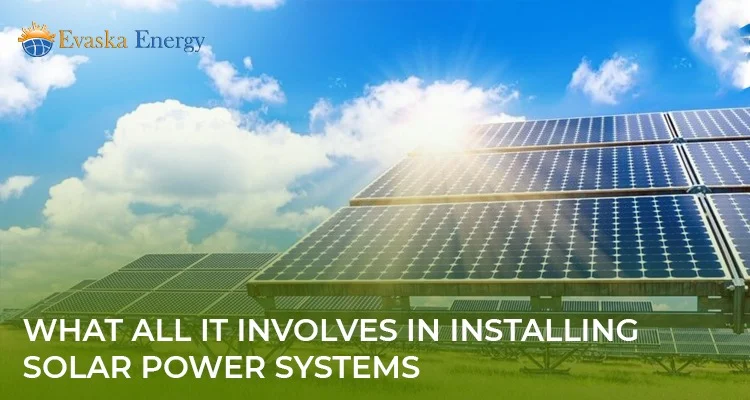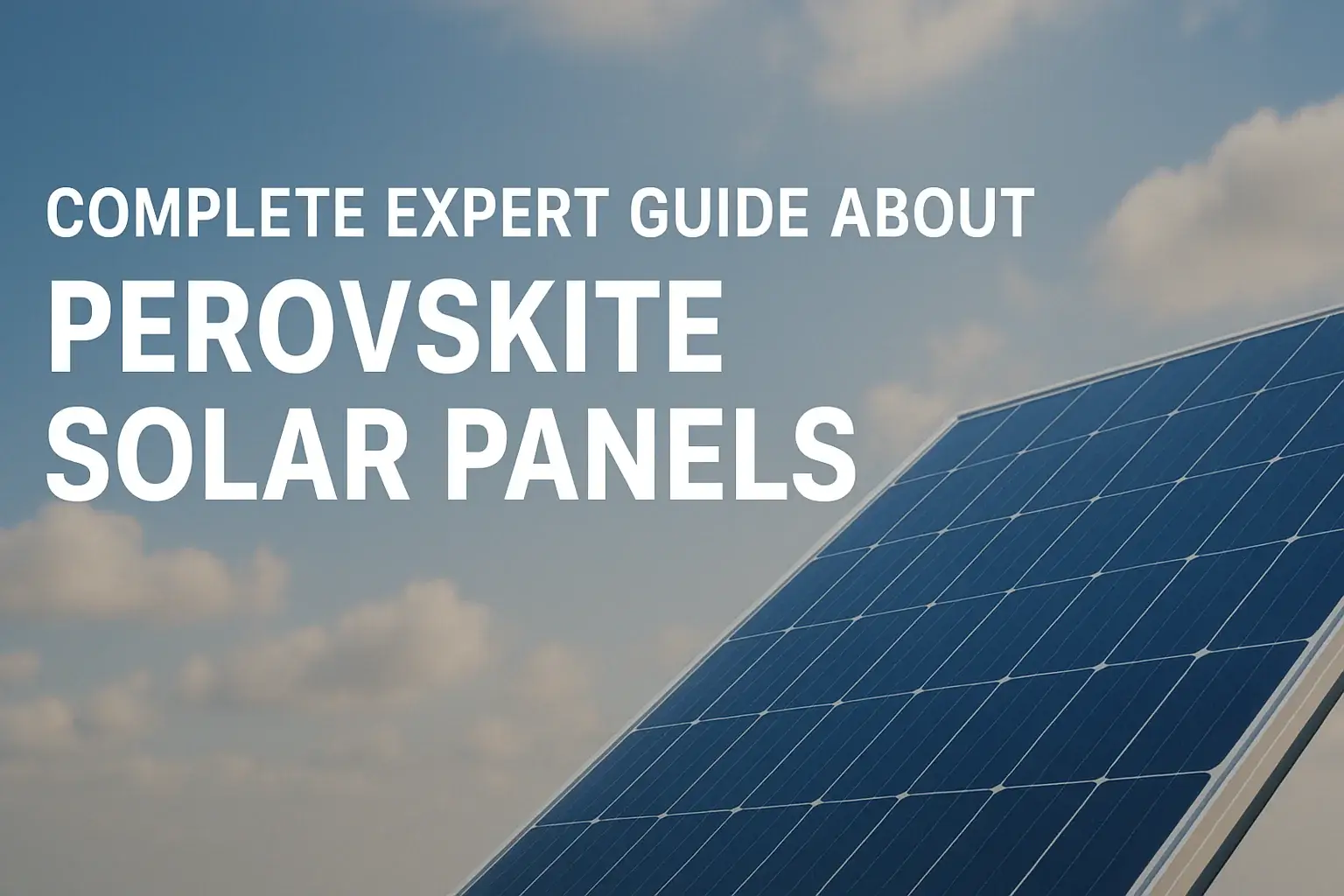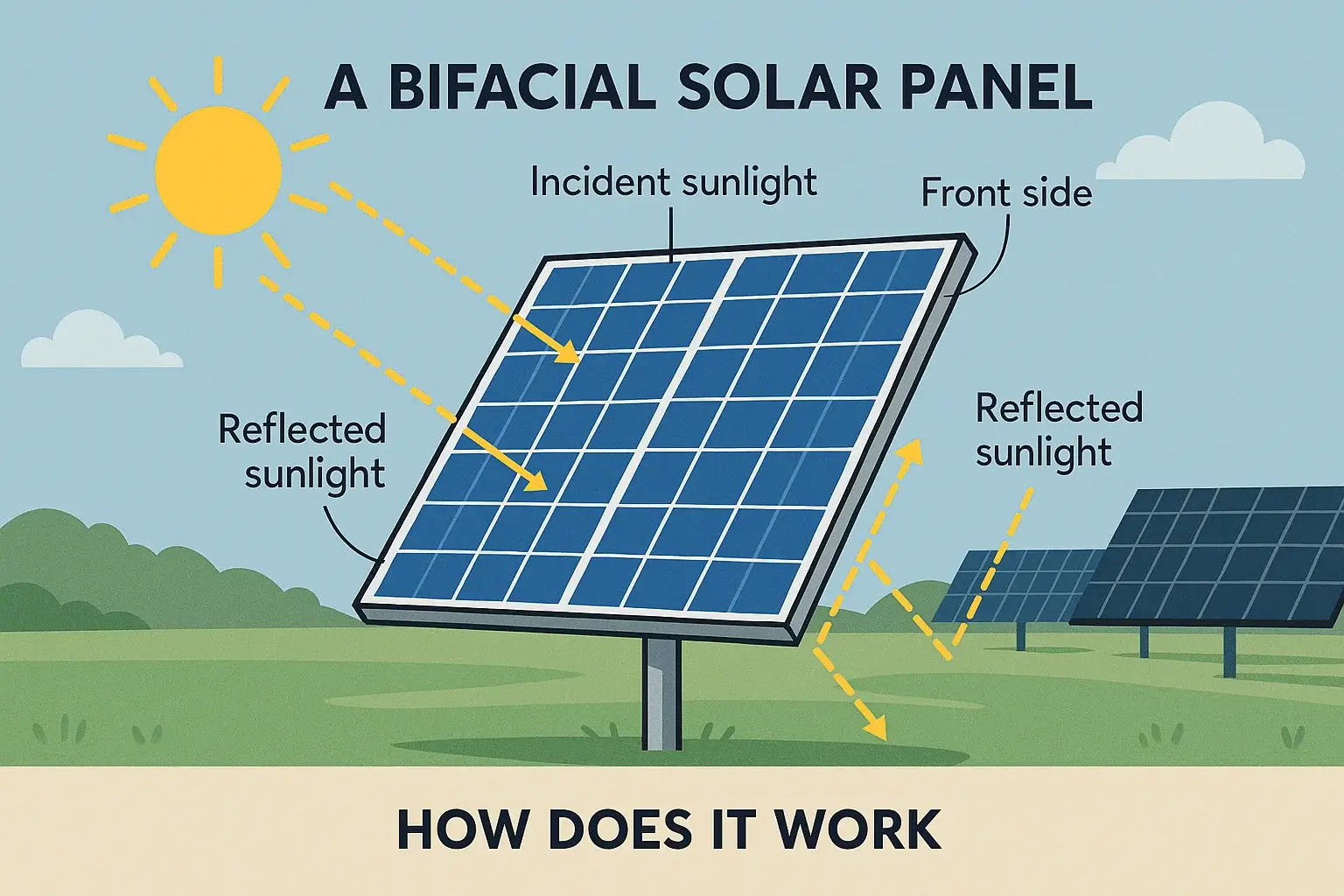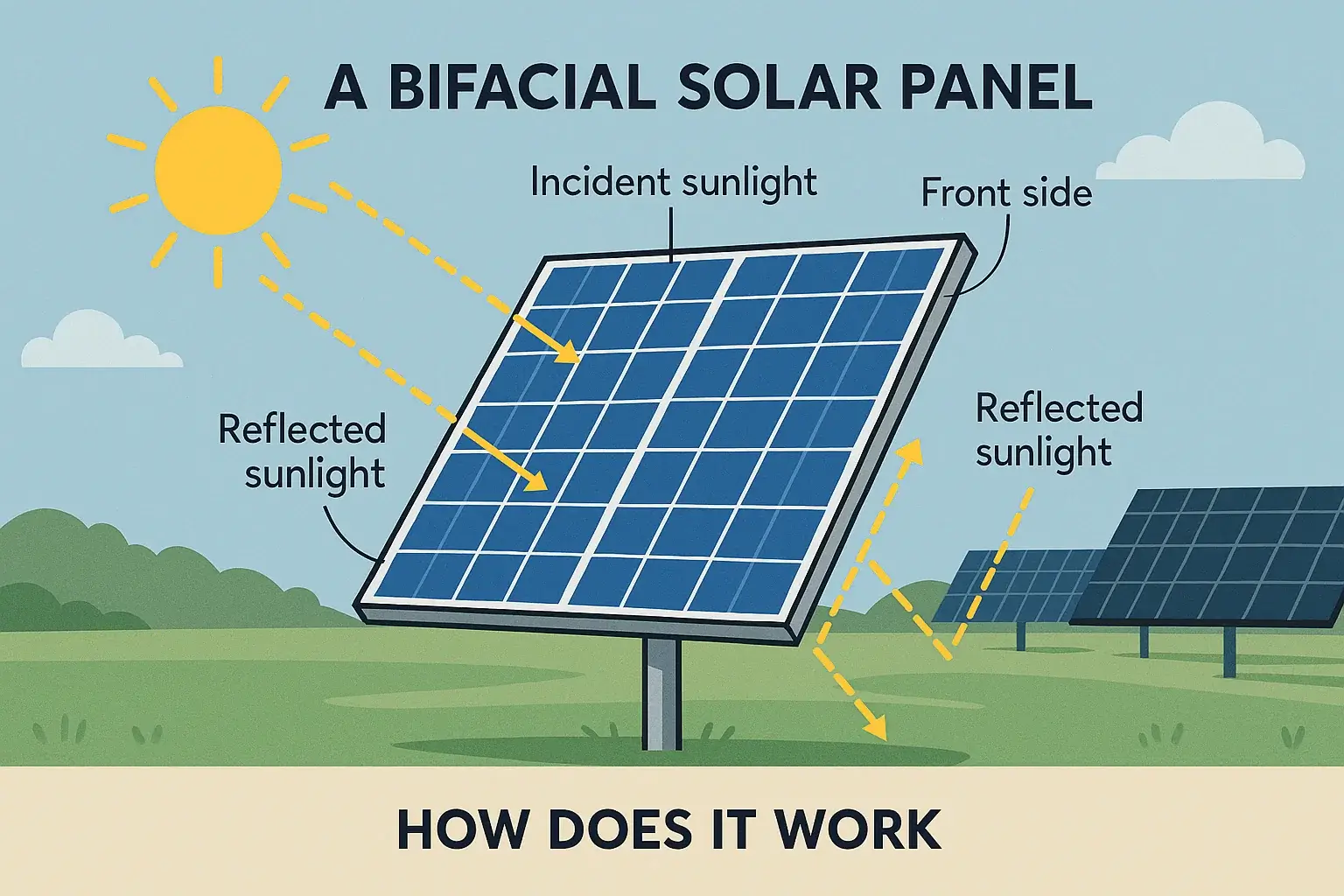What all it Involves in Installing Solar Power Systems
So, you have decided to go solar and install a solar power system at your home? Well, you might want to know what all it takes to install a solar power system in your home. Going solar is one of the most productive decisions you can make in order to contribute to a greener environment, reduce your carbon footprint, and, ultimately, your electricity bill.
Solar systems, as we have studied from our school days, are made up of solar panels, obviously, a mounting system, and finally, a solar inverter with a computerized controller. Solar panels facilitate the production of DC electricity by utilizing the energy obtained from sunlight.
Furthering the process, the role of the inverter comes into play, and it facilitates the conversion of generated electricity into AC. Our household appliances require AC current to function; hence, the conversion from DC to AC is required. The role of the computerized controller that you get with your solar system is to make sure that the solar system is working at its full potential and is giving optimal performance.
In case you have decided to invest in solar systems in order to reduce your electricity bills along with your dependence on the grid, then you must get in touch with Evaska Energy. The company is your one-stop destination if you are looking forward to contacting a company that offers the best solar panel installation in Gurgaon.
What all to Consider Before Installing Solar Panels
The roof is certainly the most common and preferred location for installing solar panels as it receives direct sunlight. Roofs provide you with the desired and required specifications for the installation of solar panels in order to utilize the maximum sunlight.
With solar panels, you don't necessarily need to have them installed on your roofs, and you can do the same on the ground too. However, the only thing you need to ensure is that wherever you install the solar panels, there are no objects that can potentially block the sunlight from falling directly on them.
You must look out for options that will help you decide whether you can reap the maximum benefits from a solar panel or not. Make sure that you have enough space on your rooftop and is the sunlight shines bright on your space during the daylight.
Another thing to watch out for is whether the solar system you are installing is a grid-connected system, an off-grid system, or a hybrid one. The best option to go with is the hybrid one, as it incorporates solar and battery storage all in one.
Have you decided what kind of solution will suit your needs and prove to be the best for you? It's time to estimate your budget and look out for options that fit. However, if you have no idea about that, you can contact Evaska Energy as they are well-known for offering the best rooftop solar installation cost Gurgaon.
The Solar Panel Installation Process
These are the steps involved in the installation of a solar panel.
Setting up Scaffolding
Scaffolding ensures safety during the entire installation process while you are on the roof.
Installing Solar Panel Mounts
The next step in the process is to mount the solar panel as it will be serving as a base for the solar panels. It should be noted that the mounting structure needs to be tilted to an angle ranging from 18 to 36 degrees in order to get exposed to maximum sunlight.
Installing the Solar Panels
Following the installation of the solar panel mounts, there comes the process of installing solar panels on the mounting structure and ensuring that it is stable.
Wiring the Solar Panels
The installation of the electrical wiring is the next step that is needed. However, you must ensure to shut off the entire household's electricity supply.
Solar Inverter Installation
The next step in the line is to connect the solar inverter to the solar system. You can choose to install the solar inverter indoors or outdoors, however, and it should be noted that the inverter's efficiency is good when placed in a cooler place.
Bonding of Solar Inverter and Solar Batteries
Establish the connection of the solar inverter with the solar battery, which will eliminate your worries of lacking usable energy when there is an electricity cut.
Connecting Inverter to the Customer Unit
In order to generate electricity, the inverter is required to be connected to the consumer unit. Along with this, a generation meter is required to be connected in order to observe the total amount of electricity generated by the solar panels.
Starting and Testing
Well, here comes the final step, to switch on the power of the solar panel and test the newly installed solar panel.
Evaska Energy has emerged as the best solar company in Ghaziabad with its solar power plant in Delhi.








